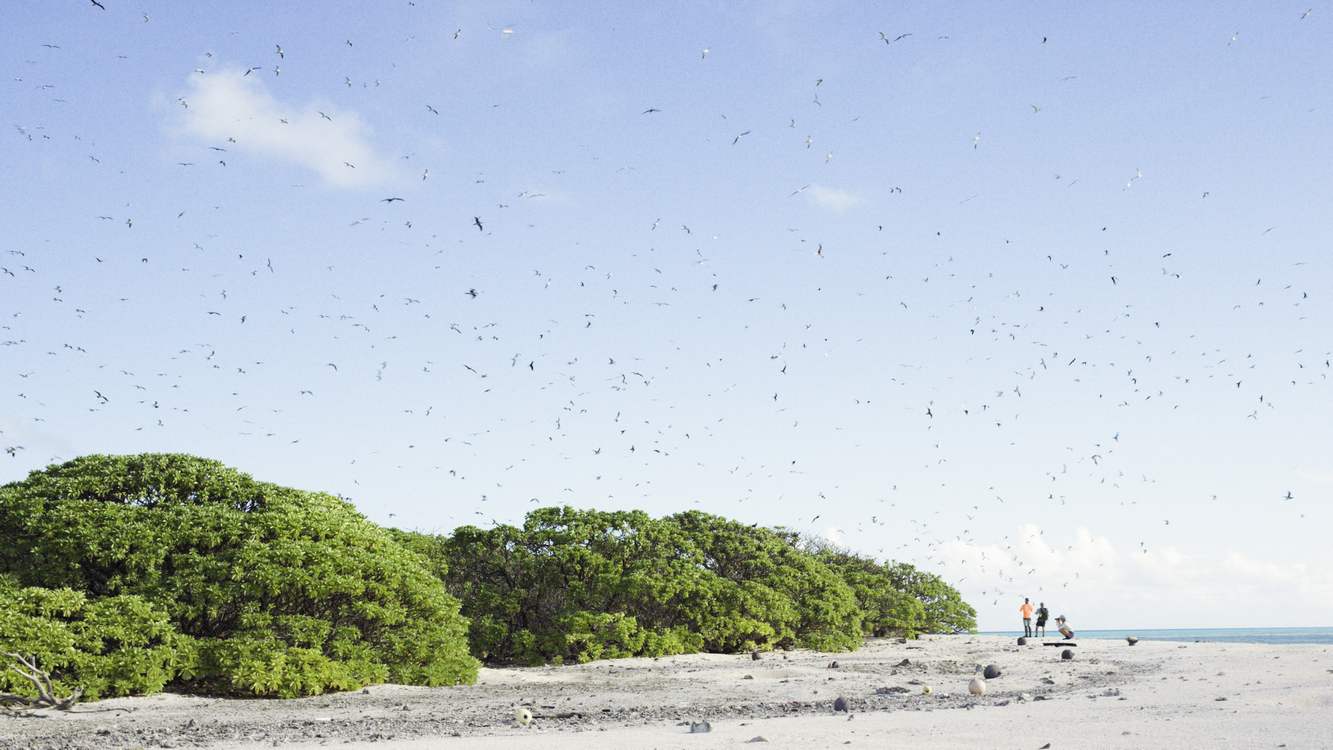13 months remain before the deadline arrives of the unparalleled attempt to try and double the numbers of one of the most charismatic and conservation-dependent animals on earth. \
When 2022, the Chinese Year of the Tiger, arrives on the lunar calendar, the countries involved in the TX2 initiative, or Tigers times-two, will have to show their hand.
According to the last rigorous scientific estimates, occurring around 2016, the world’s thirteen wild tiger range countries of India, Bangladesh, Bhutan, Russia, China, Nepal, Vietnam, Malaysia, Indonesia, Myanmar, Thailand, Lao PDR, Vietnam, and Cambodia, had managed to increase wild, breeding age tiger numbers from around 3,200 to about 3,900.
These figures excluded China, Indonesia, Malaysia, Myanmar and Thailand, where broad systemic surveys had not been undertaken, potentially putting tiger numbers over 4,000.
The goal of TX2 was set at 6,000, and was described as the world’s most ambitious multi-national conservation effort in history.
WWF chapters in the range countries immediately set out to plan and build strategies and partnerships with local people and governments in transboundary areas, considered often one of the most important areas of protection, since tigers don’t observe the borders of states.
With only 13 months to go, which countries have contributed most to this noble goal?
Tiger border buddies
The largest efforts perhaps have come from the nations of India, who alone contain three-quarters of the world’s wild tigers, Bhutan, Russia, and Nepal.
1 year after the TX2 goal was set down, India and the Himalayan nation of Bhutan created the Transboundary Manas Conservation Area to help ensure tiger populations had ample environment in which to grow.
The site combines the borders of the nations, linking Bhutan’s Royal Manas National Park on one side to India’s Manas Tiger Reserve, a UNESCO Natural World Heritage Site, on the other, combining to form a 2,000 square kilometer tiger paradise.
Both Bhutan and India have converted their management strategies into long-term conservation of the area that involves marrying the work and dedication of governments, conservation partners and local communities.
In 2020 they were acknowledged with the inaugural IUCN Conservation Excellence Award.
According to an IUCN press release: “conservation efforts over the last decade have rewarded both national parks with a growth in tiger numbers. Data from the last survey in 2018 estimates tigers in both sites to have more than doubled since 2010”.
PICTURED: Camera trap image of a tiger in the Khata Corridor, where Chhabi Magar lives and works. Photo credit: DNPWC / WWF Nepal ©
Nepal’s dream and Russia’s giants
Just a decade ago, the Gauri Mahila Community Forest in western Nepal was a barren landscape of free-grazing livestock. One citizen scientist told WWF reporters that wild animals were things printed on Rupee bank notes, not creatures that lived in the country.
This particular story, worth a read in itself, details Chhabi Magar’s childhood dream of one day seeing a tiger or an elephant, but that just 10 years later, the 25-year old would be part of a dedicated generation of concerned forest-conscious citizens who also managed to double the number of tigers in the country to 235 up from 121 in 2008.
Magar is even camera trapping tigers in his little community forest — planted by his parents in an effort to restore wildlife. Part of the Khata Corridor forested region which connects to Nepal’s Bardia National Park, Gauri Mahila Community Forest is just one of 76 new forests that are giving life back to the tiger, a symbol of national pride.
PICTURED: A male panthera tigris altaica, at Leipzig Zoo. Photo credit: Appaloosa, CC 3.0.
Far to the north lies the vast expanse of Russian wilderness known as the Ussuri Taiga, the forest in which the Amur tiger, the largest of all tiger subspecies, is king.
Hunted by poachers for the Chinese medicine trade, the Amur tiger population was stabilized after massive state-local-federal and private-public-tribal efforts at around 450 individuals in 2004. Ten years later, when the last rigorous census was taken, the estimated population had increased by 100.
WWF-Russia details just how many challenges stood in the way of saving the king of kings, including creating 10 new protected areas, resolving conflicts with pine nut, ceder, and walnut farmers, and trying to police poaching on the border between two of the largest nations featuring some of the densest, and wildest forests on Earth where temperatures can fall to -30°F.
While there may be 2,000 tigers less than are needed to double the populations, there are scores of mini-victories to be hailed in this 12-year quest to restore a piece of the former glory of an animal that has captivated Asian cultures for thousands of years.
If in 13 months when the fireworks go off, 1,000 more tigers wander the forests of Asia than before, that is still something to celebrate.
Continue exploring this topic — Uzbekistan Continues to Create Protected Areas Putting it on Track to Reach 2030 Conservation Goals
Continue exploring this topic — How Conservationists Take Advantage Of Public Perception To Save More Than Just Tigers And Pandas





